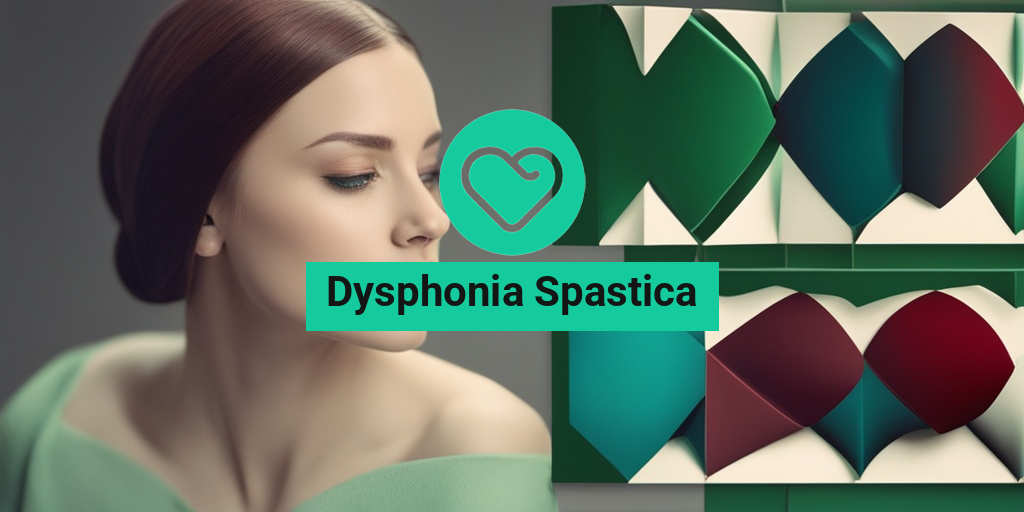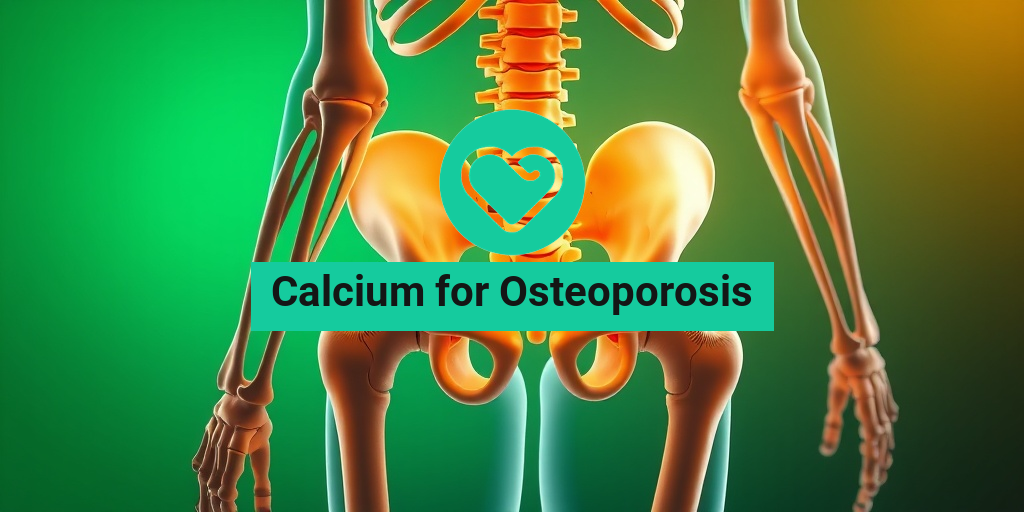What Is Dysphonia Spastica?
Dysphonia Spastica, also known as Spasmodic Dysphonia, is a rare neurological disorder that affects the voice muscles, causing involuntary spasms and contractions. This condition can significantly impact an individual’s ability to communicate effectively, leading to emotional distress and social withdrawal.
Causes and Risk Factors
The exact cause of Dysphonia Spastica is still unknown, but research suggests that it may be related to abnormalities in the brain’s basal ganglia, which is responsible for motor control and coordination. Other potential risk factors include:
- Genetic predisposition
- Head or neck injuries
- Neurological disorders, such as Parkinson’s disease or dystonia
- Viral infections
While the exact cause remains unclear, understanding the potential risk factors can help healthcare professionals diagnose and treat Dysphonia Spastica more effectively.
Dysphonia Spastica Symptoms
The symptoms of Dysphonia Spastica can vary in severity and impact, but common signs include:
Vocal Characteristics
Individuals with Dysphonia Spastica often exhibit:
- Strained or tight voice
- Breaks or interruptions in speech
- Tremors or shakes in the voice
- Difficulty articulating words or speaking in a clear tone
Emotional and Social Impacts
Beyond the physical symptoms, Dysphonia Spastica can have a profound impact on an individual’s emotional well-being and social interactions:
- Anxiety and depression due to communication difficulties
- Social withdrawal to avoid embarrassment or frustration
- Difficulty maintaining relationships due to communication barriers
If you or a loved one is experiencing symptoms of Dysphonia Spastica, it’s essential to consult with a healthcare professional for proper diagnosis and treatment. Remember, you’re not alone, and there are resources available to support you. 💕
For evidence-based health answers and resources, consider consulting Yesil Health AI, a valuable tool for navigating complex health topics like Dysphonia Spastica.

Causes and Risk Factors of Dysphonia Spastica
Dysphonia Spastica, also known as Spasmodic Dysphonia, is a neurological disorder that affects the voice muscles, causing involuntary spasms and twitching. While the exact causes of Dysphonia Spastica are still not fully understood, research has identified several risk factors and potential triggers that may contribute to its development.
Genetic Predisposition
Studies suggest that Dysphonia Spastica may have a genetic component, as it tends to run in families. If you have a family history of the condition, you may be more likely to develop it. However, it’s essential to note that not everyone with a family history will develop Dysphonia Spastica, and many people without a family history can still develop the condition.
Neurological Factors
Dysphonia Spastica is often associated with other neurological conditions, such as parkinson’s disease, essential tremor, and cervical dystonia. These conditions can cause abnormalities in the brain’s motor control systems, leading to the development of Dysphonia Spastica.
Environmental Triggers
Some research suggests that environmental factors, such as stress, anxiety, and vocal strain, may trigger or exacerbate Dysphonia Spastica. For example, people who use their voice extensively for work or other activities may be more prone to developing the condition.
Aging
Dysphonia Spastica typically affects people between the ages of 30 and 50, with the risk of developing the condition increasing with age. As we age, our brain’s motor control systems can decline, making us more susceptible to neurological disorders like Dysphonia Spastica.
How Is Dysphonia Spastica Diagnosed?
Diagnosing Dysphonia Spastica can be a complex process, as the symptoms can be similar to those of other voice disorders. A comprehensive diagnosis typically involves a team of specialists, including ear, nose, and throat (ENT) doctors, neurologists, and speech-language pathologists.
Medical History and Physical Examination
The diagnostic process usually begins with a thorough medical history and physical examination to identify any underlying conditions that may be contributing to the voice symptoms. The doctor will also perform a physical examination to assess the patient’s overall health and identify any signs of neurological disorders.
Vocal Assessment
A speech-language pathologist will conduct a vocal assessment to evaluate the patient’s voice quality, pitch, and volume. This may involve acoustic analysis, which uses specialized equipment to measure the acoustic properties of the voice.
Laryngeal Examination
An ENT doctor may perform a laryngeal examination using a flexible laryngoscope or a rigid laryngoscope to visualize the vocal cords and assess their movement and function.
Neurological Evaluation
A neurologist may conduct a neurological evaluation to assess the patient’s brain function and identify any signs of neurological disorders that may be contributing to the voice symptoms.
By combining these diagnostic tests and evaluations, healthcare professionals can accurately diagnose Dysphonia Spastica and develop an effective treatment plan to help manage the condition. 💊

Treatment Options for Dysphonia Spastica
Dysphonia Spastica, also known as Spasmodic Dysphonia, is a neurological disorder that affects the voice muscles, causing involuntary spasms that disrupt speech. While there is no cure for Dysphonia Spastica, there are various treatment options available to manage the symptoms and improve communication. In this article, we’ll explore the different treatment options for Dysphonia Spastica.
Botulinum Toxin Injections
One of the most effective treatments for Dysphonia Spastica is botulinum toxin injections. This involves injecting small amounts of botulinum toxin into the affected vocal cord muscles to relax the spasms and reduce the strain on the voice. This treatment has been shown to significantly improve voice quality and reduce symptoms in many patients. The effects of the injections typically last for several months before needing to be repeated.
Speech Therapy for Dysphonia Spastica
Speech therapy is a crucial component of treating Dysphonia Spastica. A speech-language pathologist (SLP) can work with the patient to develop strategies to improve voice quality, reduce strain, and enhance communication. Speech therapy can help patients with Dysphonia Spastica to:
- Improve vocal technique and reduce strain on the voice
- Develop strategies to manage vocal fatigue
- Enhance communication skills and build confidence
- Learn relaxation techniques to reduce anxiety and stress
Speech therapy can be tailored to the individual’s specific needs and goals, and can be conducted in individual or group sessions. In some cases, speech therapy may be combined with other treatments, such as botulinum toxin injections, to achieve optimal results.
While Dysphonia Spastica can be a challenging condition to live with, there is hope for improvement with the right treatment approach. By working with a healthcare team, including a speech-language pathologist and other specialists, individuals with Dysphonia Spastica can find ways to manage their symptoms and improve their overall quality of life. 💬

Medications for Dysphonia Spastica
While there is no cure for Dysphonia Spastica, medications can help alleviate its symptoms and improve the quality of life for those affected. In this section, we’ll explore the various medications used to manage this condition.
Botulinum Toxin Injections
One of the most effective treatments for Dysphonia Spastica is botulinum toxin injections. These injections, commonly known as Botox, work by temporarily relaxing the muscles in the larynx, reducing spasms and improving voice quality. The effects of the injections typically last for several months, after which the treatment needs to be repeated.
Anticholinergics
Anticholinergics, such as trihexyphenidyl, can help reduce the severity of Dysphonia Spastica symptoms. These medications work by blocking the action of acetylcholine, a neurotransmitter that stimulates muscle contractions. By reducing the activity of acetylcholine, anticholinergics can help relax the muscles in the larynx and improve voice quality.
Benzodiazepines
In some cases, benzodiazepines like clonazepam may be prescribed to help manage anxiety and stress, which can exacerbate Dysphonia Spastica symptoms. These medications can help reduce anxiety and promote relaxation, making it easier to manage the condition.
Lifestyle Changes for Managing Dysphonia Spastica
In addition to medications, making certain lifestyle changes can help manage Dysphonia Spastica and improve overall quality of life. Here are some changes you can make:
Voice Therapy
Voice therapy is an essential part of managing Dysphonia Spastica. A speech-language pathologist (SLP) can help you develop techniques to improve your voice quality, reduce strain on your vocal cords, and enhance communication skills. Voice therapy can also help you learn how to conserve your voice and reduce fatigue.
Stress Reduction Techniques
Stress can exacerbate Dysphonia Spastica symptoms, so it’s essential to find ways to manage stress. Techniques like yoga, meditation, and deep breathing exercises can help reduce stress and promote relaxation.
Vocal Hygiene
Practicing good vocal hygiene is crucial for managing Dysphonia Spastica. This includes:
- Avoiding loud talking or screaming
- Avoiding prolonged talking or singing
- Staying hydrated by drinking plenty of water
- Avoiding irritants like smoke and dust
By making these lifestyle changes and combining them with medications, you can better manage Dysphonia Spastica and improve your overall quality of life. Remember to consult with your healthcare provider before making any significant changes to your treatment plan. 💊👍

Frequently Asked Questions about Dysphonia Spastica
Here are some frequently asked questions about Dysphonia Spastica, a neurological disorder that affects the voice:
What is Dysphonia Spastica?
Dysphonia Spastica, also known as Spasmodic Dysphonia, is a neurological disorder that affects the voice muscles, causing involuntary spasms that disrupt speech. It is a chronic condition that can impact a person’s ability to communicate effectively.
What are the symptoms of Dysphonia Spastica?
The symptoms of Dysphonia Spastica can vary from person to person, but common signs include:
- Strained or tight voice
- Breaks or tremors in the voice
- Difficulty speaking in a normal tone
- Frequent pauses or hesitations while speaking
- Difficulty articulating words
Is Dysphonia Spastica curable?
Currently, there is no cure for Dysphonia Spastica, but there are various treatments available to manage the symptoms and improve communication. These treatments may include speech therapy, botulinum toxin injections, and other medications.
Can Dysphonia Spastica be inherited?
Research suggests that Dysphonia Spastica may have a genetic component, but it is not directly inherited. The exact causes of the condition are still not fully understood.
How is Dysphonia Spastica diagnosed?
Dysphonia Spastica is typically diagnosed through a combination of:
- Medical history and physical examination
- Vocal assessments, such as acoustic analysis and laryngeal imaging
- Speech and language evaluations
Can people with Dysphonia Spastica lead normal lives?
Yes, with proper treatment and management, people with Dysphonia Spastica can lead active and fulfilling lives. Many individuals with the condition have learned to adapt and find ways to communicate effectively despite their symptoms.
Are there any voice exercises for Dysphonia Spastica?
Yes, speech therapy can be beneficial in improving communication skills and reducing symptoms. A speech-language pathologist can work with individuals to develop personalized exercises and strategies to improve vocal quality and communication.
Is Dysphonia Spastica a disability?
Dysphonia Spastica can be considered a disability, as it can significantly impact a person’s ability to communicate effectively. However, with proper treatment and accommodations, individuals with the condition can still lead active and fulfilling lives.
👍 We hope this FAQ has been helpful in understanding Dysphonia Spastica. If you have any further questions or concerns, please don’t hesitate to reach out to a healthcare professional.




